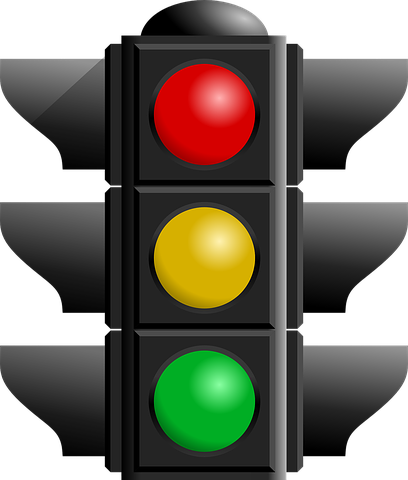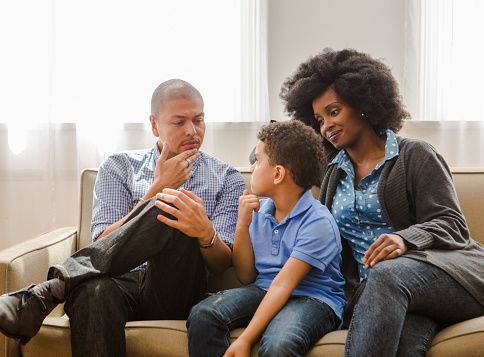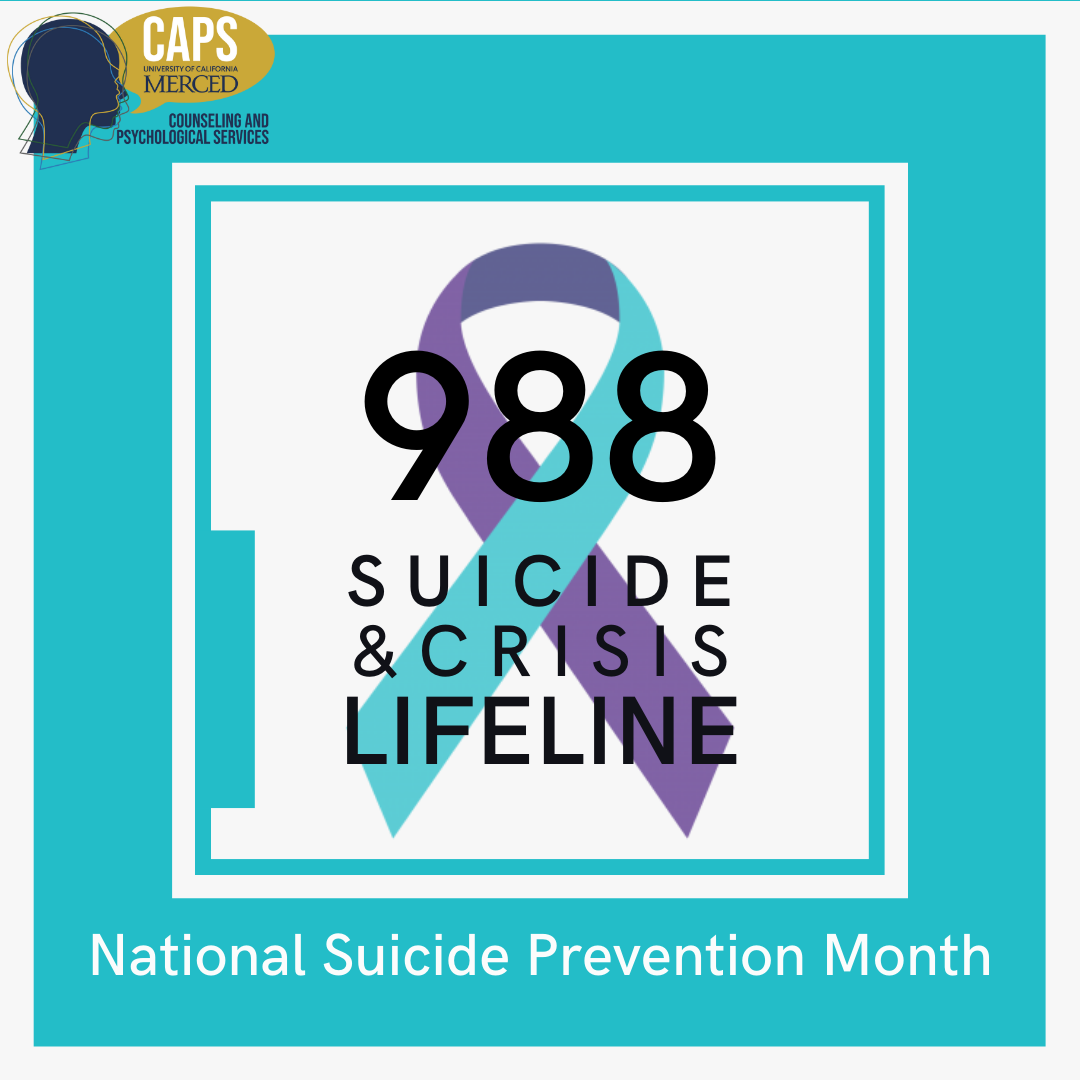A parent has many decisions to make when caring for their children. Oftentimes, decisions start with having conversations with your child. Many of those talks center around the table sharing each other’s day while eating dinner. Dinnertime conversation can lead to the start of uncomfortable topics.
The most uncomfortable conversation for most parents is talking about sex. One way to address and discuss sex and healthy sexuality is to start at an early age so over time the conversations become less painful and embarrassing for both parties.
Child and Adolescent Behavioral Health’s (C&A) Sexually Inappropriate Behavioral Remediation (SIBR) department consisting of Dr. Seandra Walker and Dr. Emma Farkas provide tips for what is appropriate sexual behavioral for kids ages 5 to 9.

At age 5, kids are starting school (kindergarten) and are becoming more aware of their sexual body parts. Using a green, yellow and red traffic light framework, Dr. Farkas outlines what is healthy/appropriate sexual behavior that fall within the Traffic Lights Framework (green is good and red is bad)
- Green light - is body touching and holding own genitals; masturbation (usually with the awareness of privacy); and curiosity about other children’s genitals involving looking at or touching familiar children.
- Yellow light behaviors include masturbation in public, masturbation with others and masturbation causing self-injury, explicit sexual talk, art and play as well as persistent nudity and/or exposure in public.
- Red light behavior includes compulsive masturbation; persistent bullying involving sexual aggression; and entering rooms of sleeping children to engage in sexual touch.
A PARENT’S REACTION AND RESPONSE
Dr. Farkas and Dr. Walker wrote each child is going to discover their body parts within the first few years of their life, which is normal behavior! Parents should respond positively as this is crucial for the child to develop an understanding of what is appropriate versus inappropriate. Each child has the right to accurate, developmentally appropriate information as well as the right to learn rules, boundaries and social cues.

As the child discovers their body parts, Dr. Farkas and Dr. Walker encourage parents to begin to use anatomically correct names for body parts from the moment their child begins speaking. “Afterall, they’re just body parts, similar to an arm, a neck or and elbow!” wrote Dr. Farkas.
This is important for numerous reasons; however, it is especially important if the abuse of one’s child takes place and legal proceedings begin. For example, if a four-year-old girl is sexually abused but is unable to tell the police or forensic interviewer the anatomically correct name (and instead uses a “nickname” or “silly name” that her family or her peer use), prosecution of the perpetrator can be made difficult, and even sometimes be halted.

KIDS AND CELL PHONES
Most households no longer have a home phone and kids as young as age seven or eight have cell phones to communicate with their parents. The recommendation is all parents have at least one app and/or plan for parental controls on their child’s cell phone and/or regularly check their child’s cell phone for inappropriate and/or other suspicious activity. Older people who aim to hurt or otherwise exploit children are doing so via cell phones, video games and other online platform these days. It is no longer a stereotypical “creepy person in a van.”
Psychologists are also encouraging youth to tell their parents if a peer, stranger or other person sends them any inappropriate and/or unsafe messages or materials. Simultaneously, it is recommended that parents continue to encourage their children to do the same as well.
If your child is showing signs of falling into the yellow or red light of the traffic light framework, and conversations are not deteriorating the behavior, please call 330.433.6075. A visit to C&A’s SIBR program may be warranted to see if treatment is recommended.
*This is the first of a two-part series on healthy sexual behavior for children up to age 13. Part two of the series will focus on healthy sexual behavior for youth ages 10-13.
C&A’s expert clinical staff in our Sexually Inappropriate Behavioral Remediation department provided information for this post. Program Manager Dr. Seandra Walker has four years of clinical experience treating clients with inappropriate sexual behavior and Dr. Emma Farkas has three years of experience in the field.
RECENT POSTS












